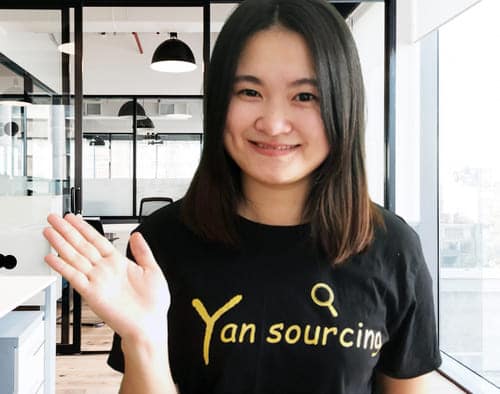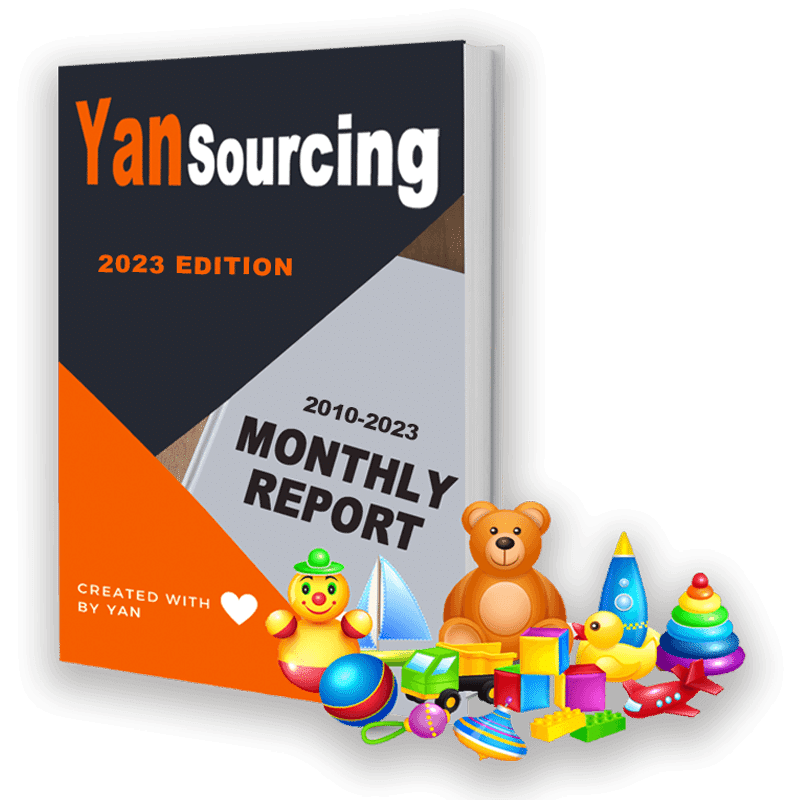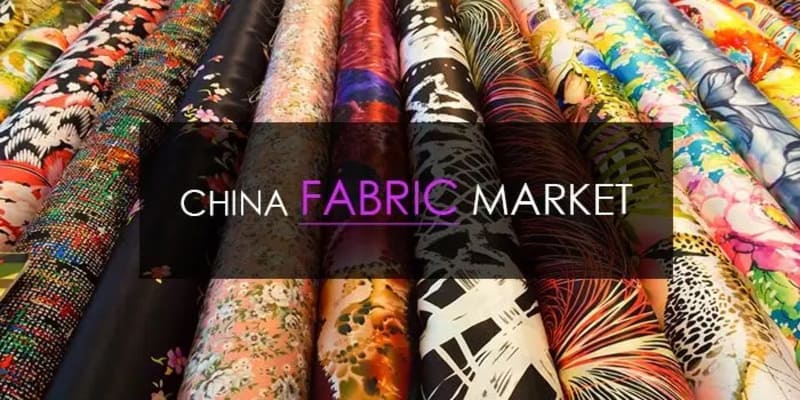
It’s no secret that the best fabrics are made in China. This has been true for centuries and will be true for centuries to come. However, many buyers are hesitant to import from China because of the distance between countries, language barriers, high shipping costs, etc.
This blog post will tell you everything you need to know about importing fabrics from China!
What are the fabric types?
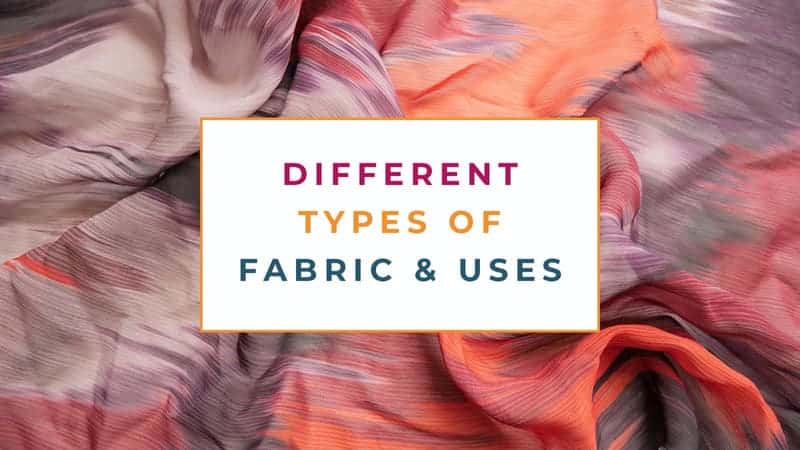
When many foreign buyers purchase fabrics from China, due to language and cultural differences, suppliers often say some names of fabrics, and most of the buyers don’t understand what characteristics are there.
Are you also worried about this? Come and learn the most complete knowledge of Chinese fabrics today!
1) Wool 羊毛
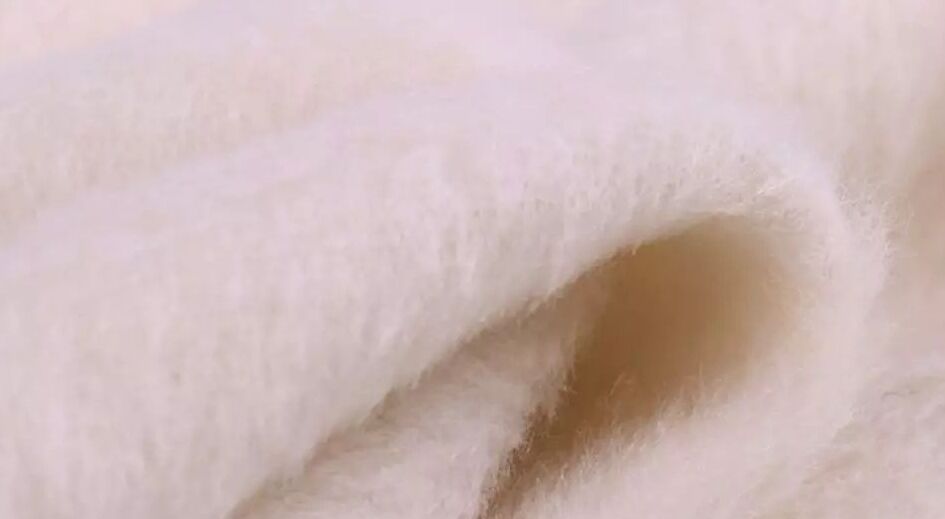
Wool has a rich feel and has the advantages of good elasticity, moisture absorption, and warmth.
The biggest disadvantage is pilling, which is unavoidable in all pure wool clothing, so care wool clothing needs to spend some thought.
2) Cashmere 羊绒
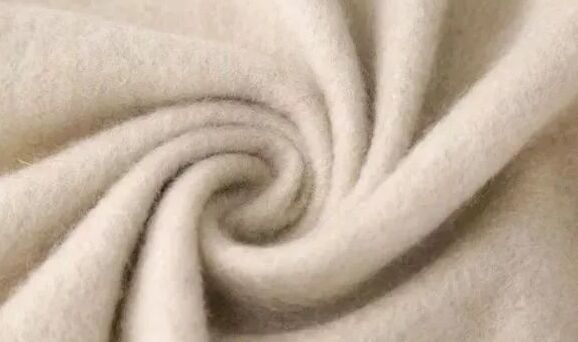
Cashmere is 8 times warmer than wool, but only 1/5 as heavy, making it the perfect winter dressing fabric, but also more expensive and less durable than wool.
Cashmere is light, extremely skin-friendly, and breathable, combining lightness, softness, and warmth with natural soft color.
Cashmere is also the most absorbent of all textile fibers and does not shrink after washing and has good shape retention.
3) Silk velvet 丝绒
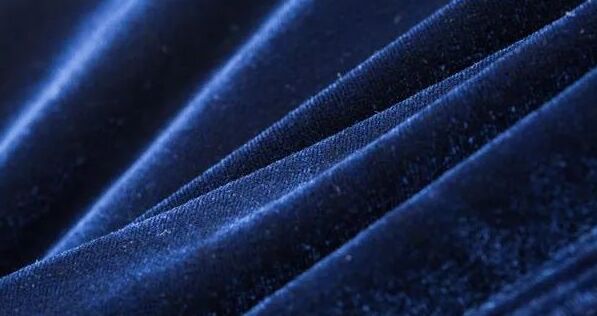
Velvet fabric feels silky, tough, wrinkle resistance, elasticity are very good.
Although it will lose some hair, after cleaning soft, skin-friendly. Velvet fabric has many advantages, heat insulation, UV protection, moisture, easy to clean, and so on.
4) Malden 麦尔登
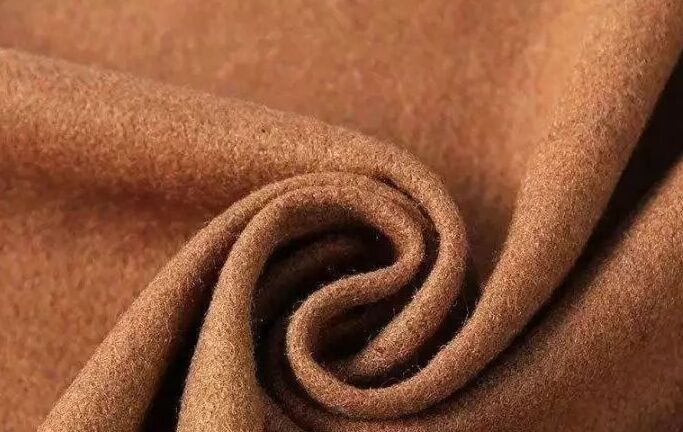
Malden is originally a woolen fabric, which is one of the high-grade products in coarse spinning.
Its surface is fine and flat, elastic, and it is not easy to wrinkle, wearable, and wear-resistant, and the key is not pilling, mainly as a fabric for winter clothing.
5) Nylon 锦纶
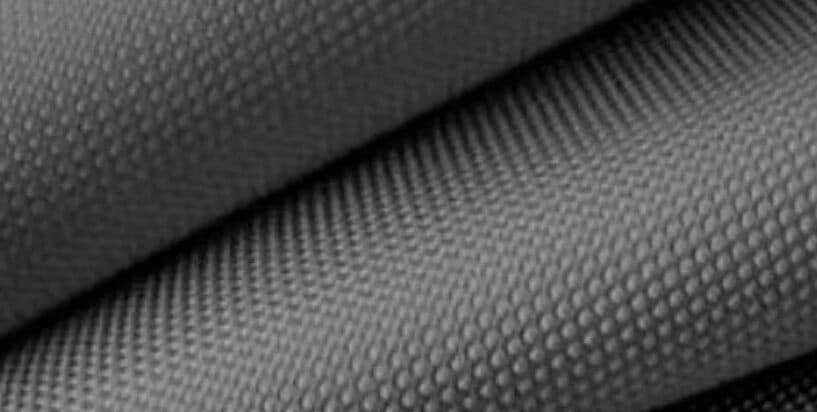
The most outstanding advantage of Nylon is the abrasion resistance, 10 times higher than cotton abrasion resistance, 20 times higher than wool.
6) Denim 牛仔
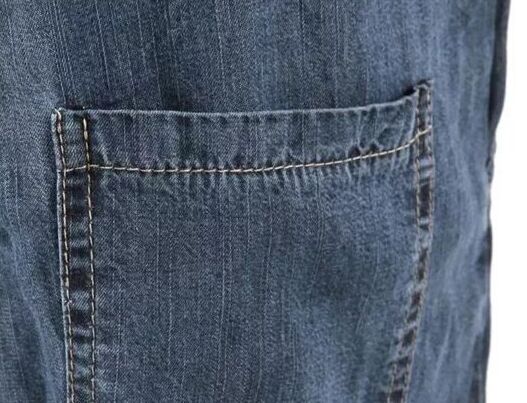
With cotton indigo dyed warp yarn and weft yarn of this color, the fabric is interwoven with the right twill organization of three on one. The texture is thick, moisture permeable, breathable, and comfortable to wear.
7) Cotton 纯棉

The fabric produced by a textile process with cotton as raw material has the characteristics of moisture absorption, moisture retention, heat resistance, alkali resistance, and hygiene.
It has better moisture absorption and heat resistance, and it is comfortable to wear.
8) Linen 亚麻
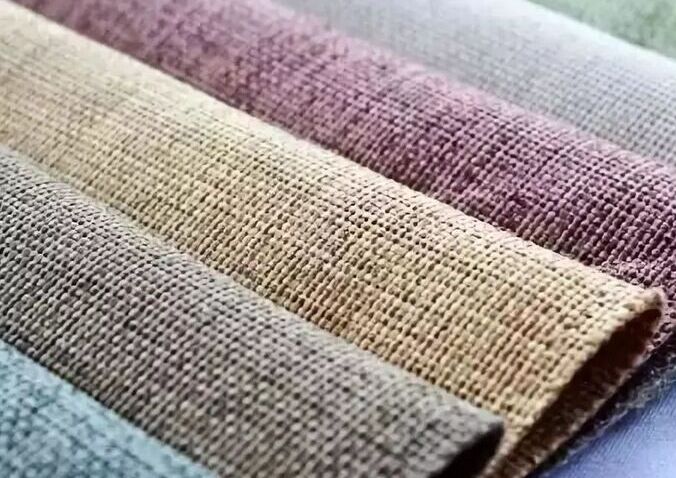
It is a plant fiber, known as a cool and noble fiber, it is good moisture absorption, moisture discharge is also fast, not easy to generate static electricity heat conduction.
Rapid heat dissipation, wear cool, sweat after the body does not stick, more resistant to washing, heat resistance is good.
9) Mulberry silk 桑蚕丝
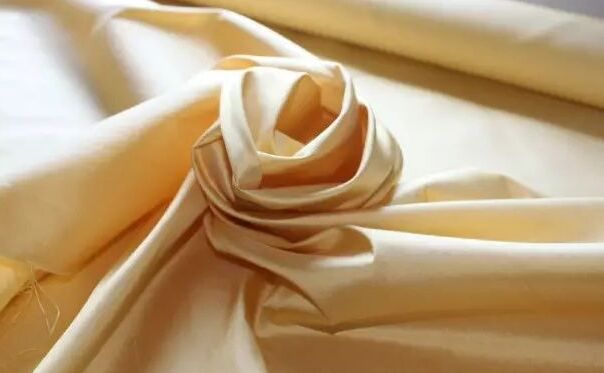
Natural animal protein fiber, smooth, soft, lustrous, warm in winter, and cool in summer.
When rubbed, it has a unique “silk” phenomenon, good extensibility, good heat resistance, not resistant to saltwater immersion, should not be treated with chlorine bleach or detergent.
10) Viscose 粘胶
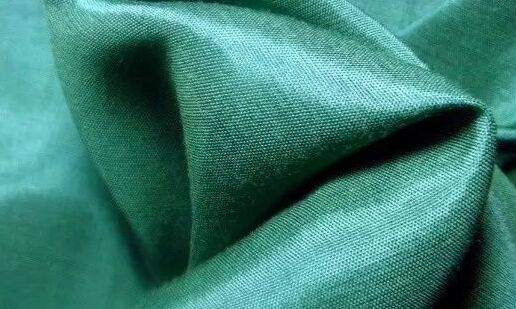
Processed from wood, cotton staple, reeds, and other materials containing natural cellulose chemical materials, also often called artificial cotton.
With the basic properties of natural fibers, dyeing performance, good fastness, soft fabric, specific gravity, good drape, good moisture absorption, cool to wear, not easy to produce static electricity, lint, and pilling.
How to find the fabric supplier?
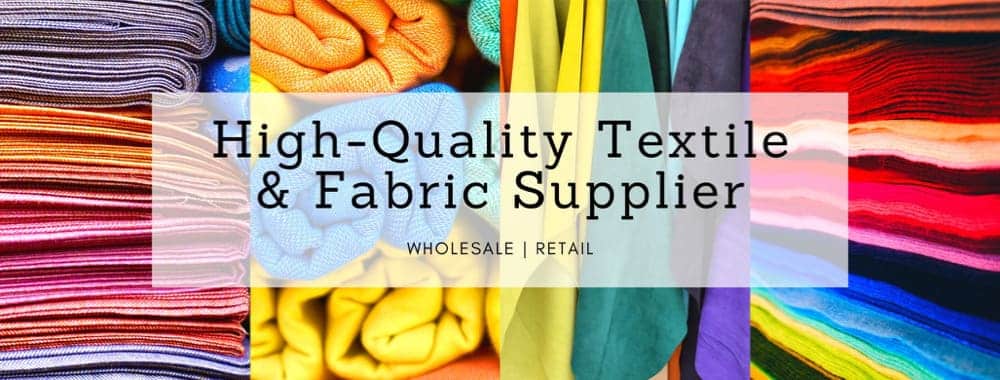
For beginners, finding wholesale fabric markets from China is the number one challenge!
Because there are many textile markets in China with a wide range of branches, it makes it very troublesome for foreign buyers to find the fabrics they need.
Here are some of the better wholesale fabric markets in China to make your fabric search easier.
1) China Textile City Market
Keqiao Textile City is located in Shaoxing, Zhejiang Province, with a total construction area of 2.08 million square meters (including 560,000 square meters under construction), more than 10,000 operators, and more than 15,000 business rooms.
It operates more than 30,000 kinds of fabrics, with a daily flow of 100,000 passengers, and its products are sold to 173 countries and regions.
It is the largest, most well-equipped, and most diversified textile distribution center in China and the largest light textile professional market in the world.
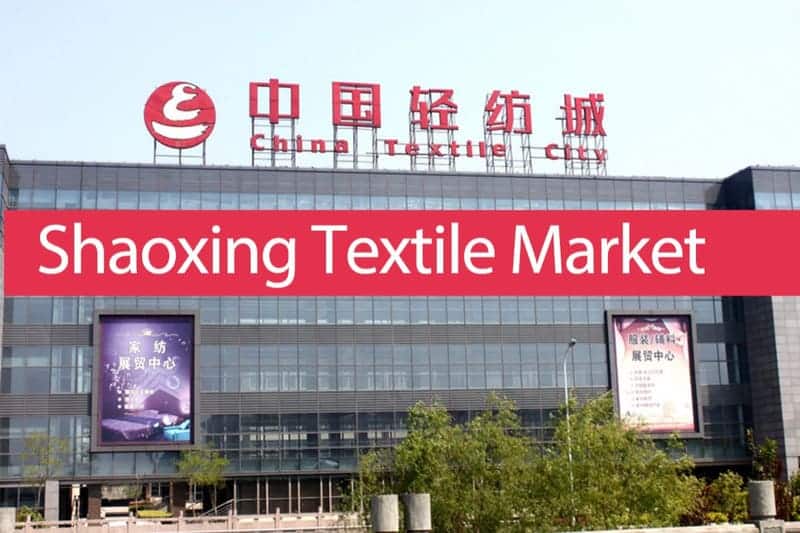
2) Guangzhou International Textile City Market
Guangzhou International Textile City is located in the international metropolis of Guangzhou, China, and is the largest single modern textile wholesale market in the world.
With a building area of 300,000 square meters and more than 4,000 stores, currently bringing together more than 3,000 fabric and accessories brand merchants from home and abroad.
Attracting more and more international buyers with the advantages of complete varieties, affordable prices and advanced trading mode, and has now become the first choice for foreign buyers purchasing fabrics and accessories.
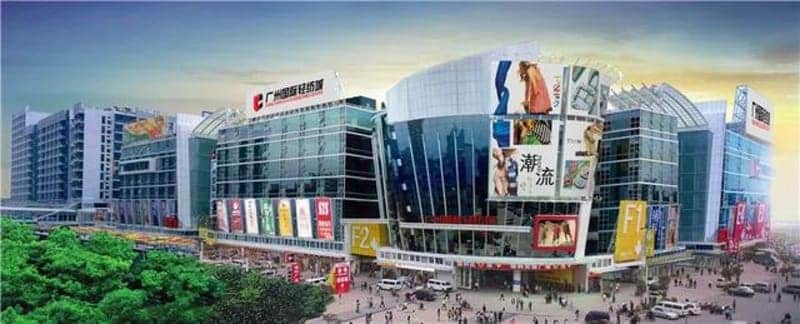
3) China Feoso Silk Market
China Feoso Silk Market is located in Shengze Town, Wujiang City, the southernmost part of Jiangsu Province.
The market covers a total area of more than 4 square kilometers, with more than 6,000 textile companies and firms in ten major business districts.
Operating more than 10 categories of ten thousand varieties of textile raw materials, silk, chemical fiber fabrics, cotton, decorative fabrics, home textiles, garments, textile machinery, accessories, etc.
The products are sold to more than 100 countries and regions.
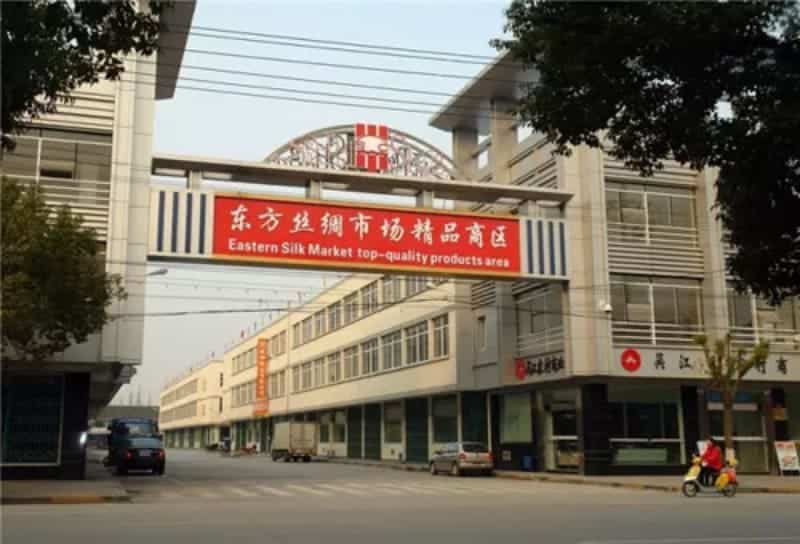
4) Online Textile Market
Cloth network (布联网) is a professional online wholesale procurement market for garment-textile spot fabrics, backed by Keqiao Light Textile City.
Connecting offline fabrics to online, integrating fabric buyers, taking photos to find fabric, buying and selling fabric and other services, dedicated to solving all problems in the process of finding fabric, making fabric wholesale procurement fast and convenient!
At present, only Chinese is supported.
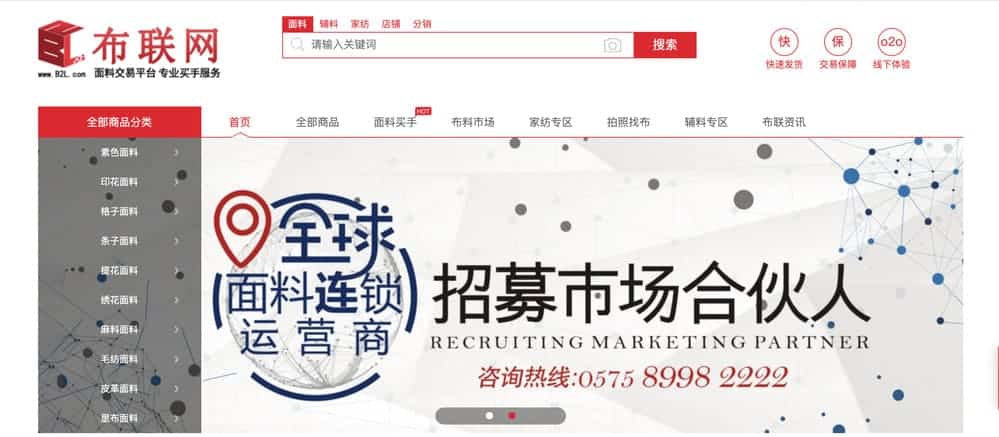
Finally, for foreign buyers who are just starting, it is important to practice a pair of wise eyes.
The textile fabric industry is a traditional industry that has also evolved with the Internet and the times.
The wholesale fabric market is wide and diverse geographically, and you need to compare the best of the best to find the fabric you need.
What tips before getting the fabric price?

This may already be in your area of concern, but I want to make sure you understand a few variables in the price.
1) What is the width of the fabric?
This means, how much of the fabric width is available?
Depending on the type of fabric, this can vary greatly and affect its cost.
For example, fabrics with full embroidery usually have a narrower cuttable width because the embroidery machine does not go all the way to the edge of the fabric.
This means less fabric available, more waste, higher yield per garment, and higher cost.
2) Is the quote in meters or yards?
In China, suppliers usually quote fabric prices in meters. But some foreign regions usually quote in yards.
Either way, it is best to clarify this point beforehand. This will help you get an accurate costing and make sure you order the correct samples and production quantities.
3) What currency unit is the price quoted?
Whether you buy fabric in RMB or USD will have a significant impact on your costs, so please take this into account beforehand.
Why need fabric samples before ordering?
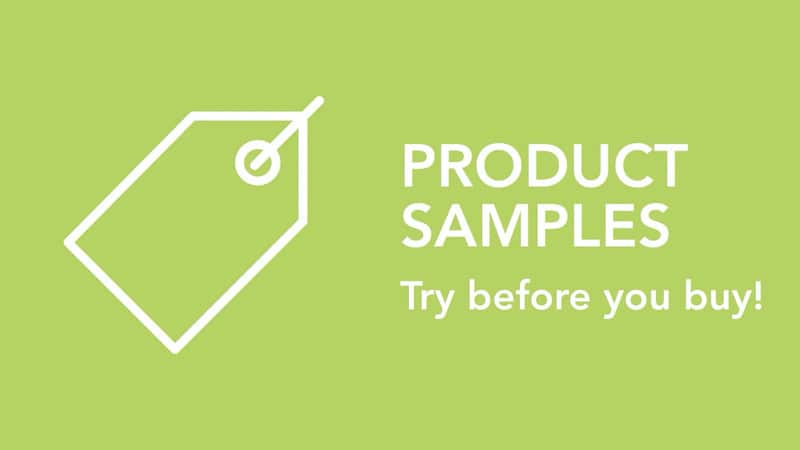
Before mass production of fabrics, buyers should first ask the manufacturer to provide a few meters of sample fabric to get the customer’s approval, a process called proofing.
Printing and dyeing proofing is a very important part of the whole production process of fabrics, and the effect of proofing is directly related to the quality of final products.
The proofing is divided into a small sample, pie sample, and large sample.
The purpose of proofing is to prepare for accurate mass production.
But in fact, there are still some differences between sample and finished products, and the proofing is mainly divided into the following links.
a, The pattern, pattern inspection.
Especially the source for the design of the electronic drawings or paper samples.
They need to print the pattern to the specific fabric, in order to test the overall effect of the design.
b, Inspection of color. The requirements for color in printing and dyeing are relatively high.
c, Different fuels, different dyestuff configurations, different fabrics, and different processes will all have an impact on the final production color.
d, Inspection of the printing and dyeing process.
e, The traditional process of fabric proofing is very complicated.
What are the shipping modes for fabric?
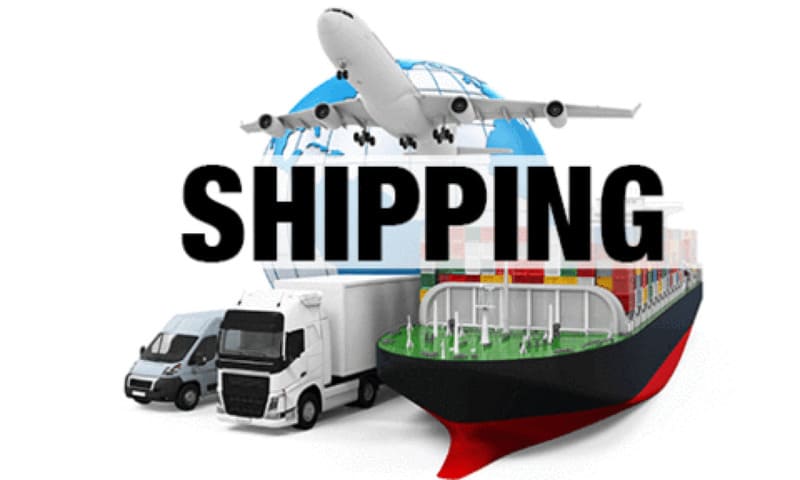
1) Air freight
Advantages: short transportation time, suitable for goods with small volume and tight time requirement.
Disadvantage: the price is too expensive, which greatly increases the cost.
2) Shipping by sea
Advantages: freight is relatively cheap.
Disadvantages: long transportation time, greatly affected by weather, can not be carried to inland countries and regions.
3) Sea-rail transportation
In the near future, sea-rail transportation is the least cost-effective way.
Reason: Sea-rail transport time is long, and freight cost is generally only a little cheaper than full rail transport.
And the transport time is really not guaranteed because of the accumulation in the Oriental port, so it is better not to choose sea-rail transport as of now.
4) All-railway transportation
Advantages: fast running speed, large carrying capacity, little influence by climate, accuracy, and continuity.
Short transportation time, well-connected railroad network, quite flexible transportation.
If exporting bulk cargoes to Russia, Ukraine, Mongolia, Kazakhstan, Uzbekistan, Turkmenistan, North Korea, and other countries, all-railway transportation is the best choice.
Disadvantages: Since logistics costs are always high, the cost of all-railway transportation is still a little high compared with sea transportation.
Why you need a sourcing company to help with customs?
Customs clearance procedures are extremely cumbersome and extremely important, such as the smooth customs clearance will not be able to complete the transaction.
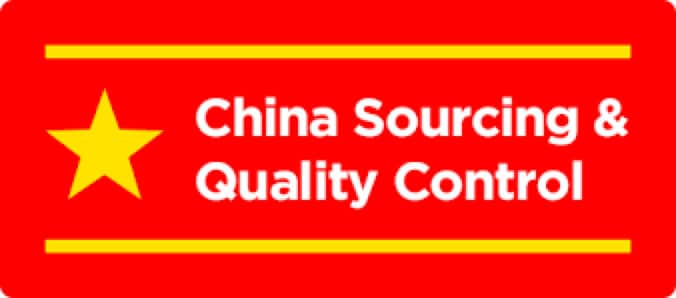
1) If it is a statutory inspection of export commodities must do an export commodity inspection certificate.
At present, China’s import and export commodity inspection work mainly has four links:
Acceptance of inspection: inspection refers to foreign trade relations to the commodity inspection agency to request an inspection.
Sampling: Commodity inspection agencies accept the inspection, and promptly send staff to the storage site of goods for on-site inspection, and identification.
Inspection: the commodity inspection agency accepts the inspection, and carefully studies the declared test items to determine the content of the test.
And carefully review the contract (letter of credit) on the quality, specifications, and packaging regulations.
To clarify the basis for testing, to determine the test standards, and methods. (Test methods are sampling, instrument analysis test; physical test; sensory test; microbiological test, etc.)
The issuance of certificates: on the export side, was included in the type table within the export commodities.
By the commodity inspection agency after passing the inspection, the issuance of release orders (or in the “export goods declaration” stamped on the release chapter, in lieu of release orders).
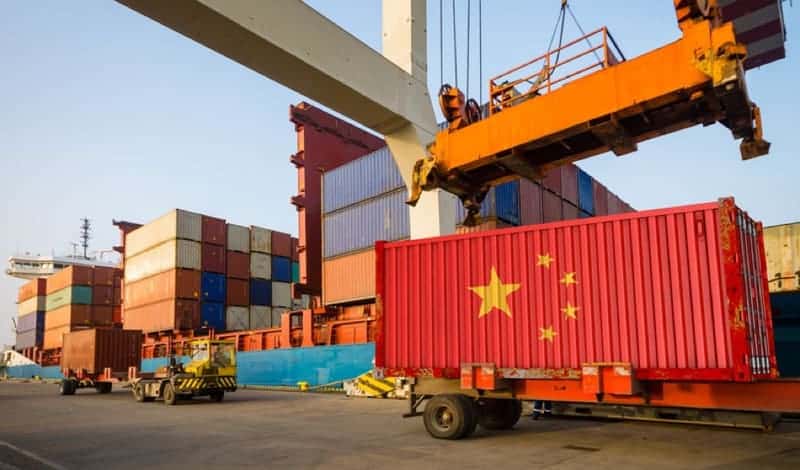
2) It should be professionally held by the customs declaration certificated personnel.
With the box list, invoices, customs declaration power of attorney, and export clearance checklist.
A copy of the export goods contract, export commodity inspection certificate, and other texts to customs clearance procedures.
The packing list is the packing details of exported products provided by the exporter.
An invoice is the proof of export products provided by the exporter.
Customs declaration power of attorney is the certificate that the unit or individual without the ability to declare customs entrusts the customs broker to declare customs.
The export verification form by the export unit to the Foreign Exchange Bureau to apply for refers to the ability to export units to obtain export tax rebates a document.
A commodity inspection certificate is after the entry-exit inspection and the quarantine department or its designated inspection agency after passing the inspection.
It is a variety of import and export commodity inspection certificates, identification certificates, and other certificates collectively.
Are the foreign trade parties concerned to fulfill contractual obligations, the handling of claims, disputes, and arbitration, litigation evidence, with a legal basis for effective documents?
But also the customs clearance, the collection of tariffs, and preferential tariff reductions are necessary to prove.
Conclusion
We are the best China sourcing company and we have been in this business for over 10 years.
If you need to source fabrics from China with a low minimum order quantity and fast delivery time, please don’t hesitate to contact us!
An agent will help you find the best suppliers at competitive prices. You won’t regret it!

